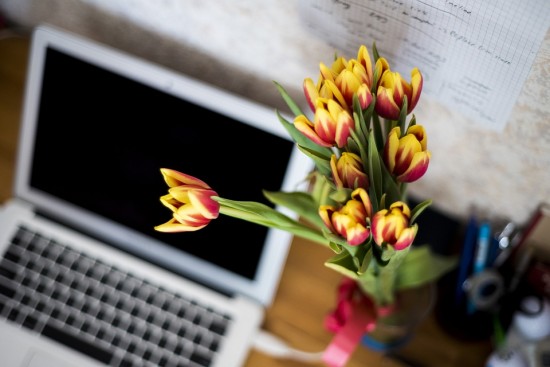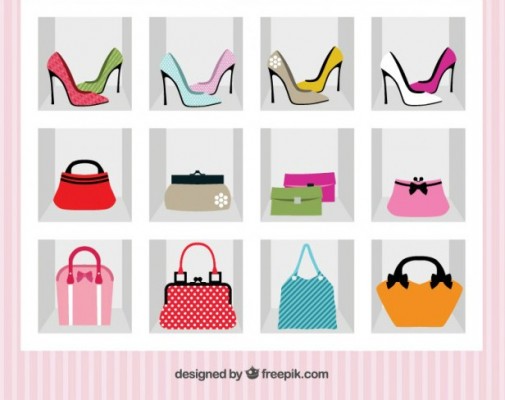If you've been sorting through your rectangular spaces for the past few weeks, you've probably turned up a few out-of-place items. Chances are, you've also found some homeless items -- things you want to keep, but not necessarily in the place where you found them.
About this time last month, I wrote about finding logical, consistent homes for our things. You may recall that a logical home:
- is close to where the item is most often used;
- is the right size for the item;
- takes into account how often the item needs to be accessed.
When I taught the concept of logical homes to my elementary school students, I asked them to imagine they'd just returned from a trip to a warehouse store, like Costco, BJ's or Sam's Club. As they unloaded everything they (or their parents) had purchased, they managed to find homes for everything except a large multi-pack of toilet paper. Since it was too big to stash anywhere in its wrapped state, they'd need to open it up and put away individual rolls. After storing some of the rolls in the bathroom, and putting most of the rest in a nearby closet, they still had several rolls that needed to be put somewhere. Desperate, they returned to the kitchen, opened the oven door, and, finding the oven empty, decided to stash the remaining rolls of toilet paper in the oven.
Needless to say, even ten-year-olds recognized the foolishness of this decision.
While I doubt that any of you routinely use your oven as storage for toilet paper, I suspect there's at least one item in your house that's stored in an out-of-the-way place simply because that's where there was room. If you're an I know I put it somewhere person, chances are that's the rule, rather than the exception.
Determining a logical home for an item is about playing to your strengths. A home isn't logical if it doesn't work for your styles. Consequently, your logical homes might not be logical to someone else, particularly if their styles differ from yours.
So, if you've accumulated a pile of homeless items as either part of a closet or drawer reorganization, or maybe just as a part of everyday life, keep these ideas in mind as you decide where those things should go.
- Store things that are used every day in places that are easy to access. "Easy" should be defined by the style(s) of the person who most often uses the item in question. When it comes to paper storage, for example, my husband and I have a difference of opinion. File cabinets work well for his I know I put it somewhere style; since nearly all of his papers end up in the file cabinet (somewhere), he needs to look in only one place when he's looking for them.
Notice that I said his papers. As an I need to see it/drop and run person, I find little functional difference between a file cabinet and a trash can -- both put my papers out of sight, rendering both containers useless as storage spaces (unless I really intend to throw the papers away). If I don't create a more visual filing system for my frequently used papers, they end up in a pile on my desk (or the dining room table), where I can see them, and, therefore, remember to take care of them. For me, a file cabinet is a logical home only for papers I need to reference, not for those I use regularly.
- Choose a storage solution (container and location) that makes it as easy to put things away as it is to put them down. The more difficult it is to put something away, the less likely it is that it’ll end up where it belongs. How often have you set something aside to put away "later" because putting it where it "belongs" is too complicated or time consuming? That's a sure sign that the place where it's stored isn't the right home for it.
- Store things where you use them...or drop them...or naturally put them. Frequently used items get prime real estate -- that's why the toothpaste goes in the bathroom near the toothbrushes, but the out-of-season linens go on the top shelf of the hall closet. The less often you use something, the more out-of-the-way it can be stored. (There's a reason we store seasonal items in the attic and the garage, often on high shelves).
This concept can be extended to things that pile up and create clutter, too. After you pick up the mail each day, for example, where do you put it down? Assign a mail drop point and storage space as close as possible to that spot. This isn't laziness -- it's maintenance. The easier it is to put something away, the more likely it is that things will be put where they belong.
Finally, it's important to consider who'll be doing the maintenance. Simply changing the arrangement of the bins in my bathroom closet solved a bathroom counter clutter problem at my house, but to make that happen, I had to think about who was using the system. If I wanted my teenager to pick up after herself, I had to consider her styles.
- Store similar items together: As with my husband's filing cabinet, if all of the similar items are stored together (in one file folder, for example), you only need to look in one place when you need to find anything in that category. This can be applied to kitchen utensils, office supplies, toys -- anything.
When it comes to organizing by STYLE, Easy Upkeep is most likely when we've assigned each item to the right place. Finding the right container and the right space for each item not only clears the clutter, but also makes it easier to live up to the old saying "a place for everything and everything in its place," even when life gets busy.
And even when we'd begun to suspect it was impossible.
 Photo:
Pixabay
Photo:
Pixabay
Copyright 2016 Lisa Hess
About the Author

Lisa Hess
Transplanted Jersey girl Lisa Lawmaster Hess is the author of a blog compilation, three novels, and three non-fiction books, including the award-winning Know Thyself: The Imperfectionist’s Guide to Sorting Your Stuff. A retired elementary school counselor, Lisa is an adjunct professor of psychology at York College of Pennsylvania. She blogs at The Porch Swing Chronicles, Organizing by STYLE, and here at Catholicmom.com. Read all articles by Lisa Hess.




.png?width=1806&height=731&name=CatholicMom_hcfm_logo1_pos_871c_2728c%20(002).png)
Comments